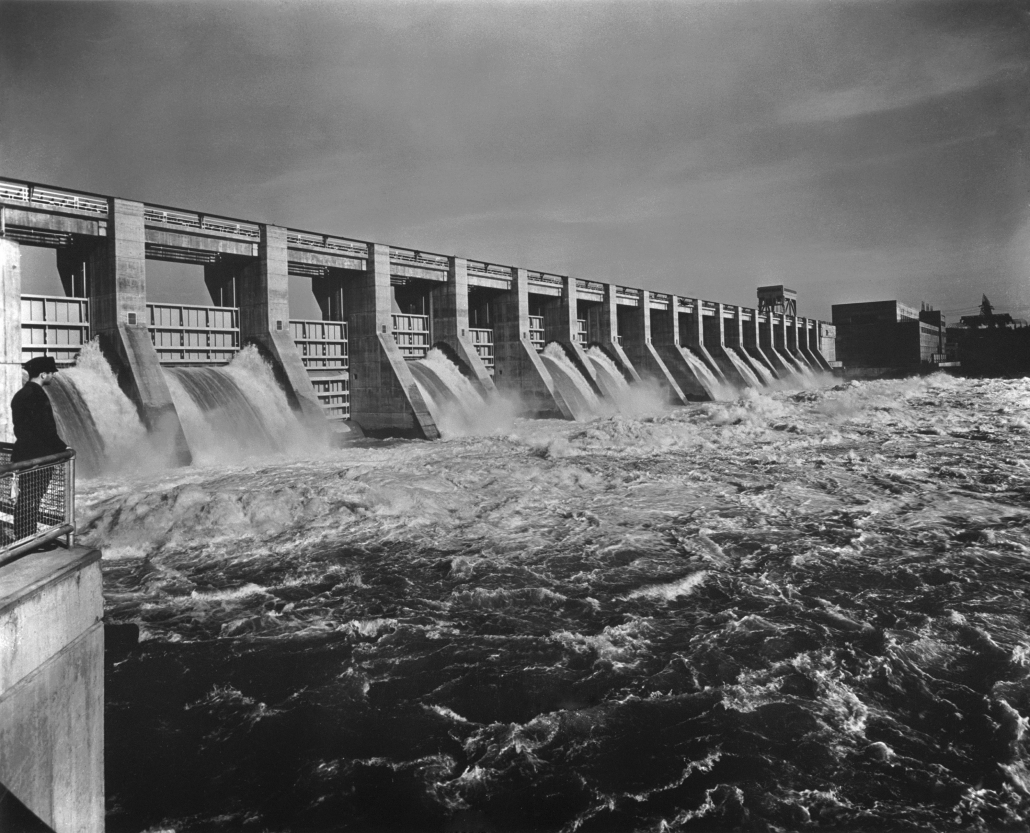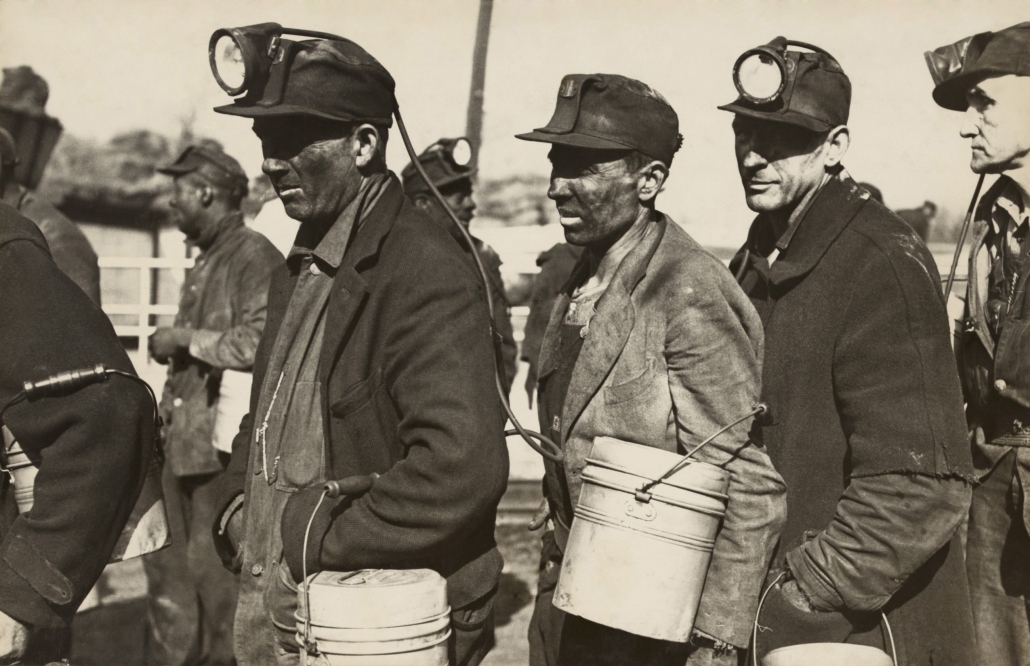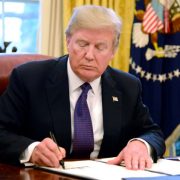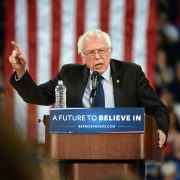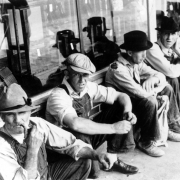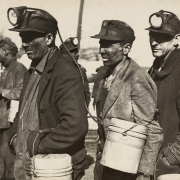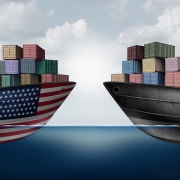The Great Depression is one of the most commonly misunderstood events in American history. While many history teachers have attributed the infamous economic crisis to laissez-faire capitalism, this is simply not the case. But if free market capitalism is not to blame for the worst financial crisis in American history, then what is the real culprit?
The truth of the matter is, the Great Depression cannot be pinned on one particular thing alone. In fact, there were a series of unfortunate occurrences that ultimately led to, and prolonged, the Great Depression. And if we take a closer look at the interventionist policies that were put into place before and during the depression, we will see that the causes can really be boiled down into different causes.
The Austrian Business Cycle
The Austrian business cycle asserts that there are “booms” and “busts” that occur in the market. This cycle begins when the government interferes with monetary policy, inflating the money supply and artificially lowering interest rates, thus, making credit more accessible. This is what happened prior to the Great Depression. In Murray Rothbard’s book America’s Great Depression, he estimates that between the years of 1921-1929, the Federal Reserve expanded the money supply by 60 percent. It is no wonder this reaped disastrous consequences. “Easy money” caused people to borrow and spend without a care of what would happen when the market corrected itself.
Read more about the business cycle and the Great Depression.
The New Deal
There is this belief that by intervening and implementing the New Deal, FDR saved Americans from the depths of the Great Depression. But in fact, the opposite was true. FDR’s New Deal actually prolonged the Depression and made it far worse than it otherwise would have been.
Read more about the New Deal and the Great Depression.
The Wagner Act
After several years of economic unrest, in 1935 the U.S. economy seemed as though it might be in recovery. Unfortunately, this trend wouldn’t last long. Just a few months after the Supreme Court’s decision to uphold the Wagner Act in 1937, which empowered labor unions, industrial production fell and with it, employment rates. In fact, the situation grew so dire, employment rates fell back to the 1931 levels when the Great Depression had just begun. But what is particularly interesting is that employment rates fell even as union membership continued to grow. And with the rise of unions, employers and business owners suddenly became the bad guy. Looking for any excuse to squeeze money from the private sector, the Wagner Act also solidified FDR’s war on the business class.
Read more about the Wagner Act.
The Smoot-Hawley Tariff
Over the last several months, thousands of economists have warned of the negative consequences that inevitably arise from imposing tariffs on foreign countries. Many fear what might happen to the economy if Trump continues his love affair with protectionism. And this fear is not unwarranted or unprecedented.
By the time the Smoot-Hawley Tariff Act was passed in 1930, the market had already experienced an economic bust. Economists had warned that instituting new tariffs would result in the economy falling further into a recession. The American Economic Association was so concerned about the impacts that Smoot-Hawley might have, 1,028 of its members even signed and published a statement opposing its passage.

